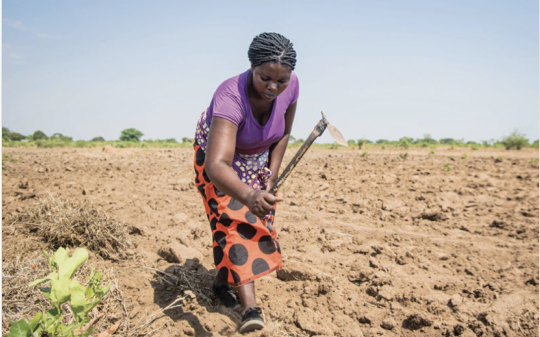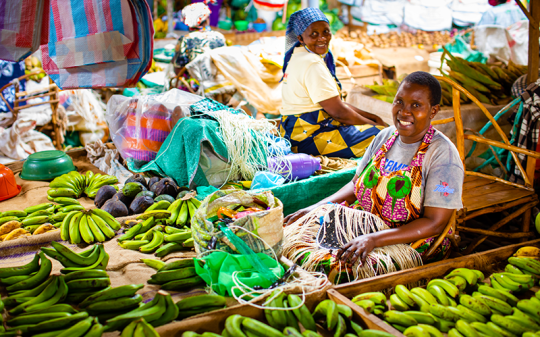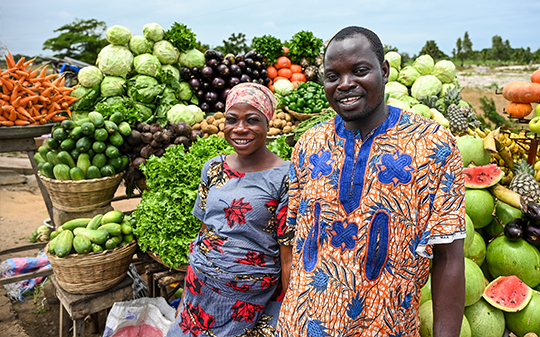The Food Systems Countdown Initiative (“the Countdown”) aims to enable this understanding by monitoring the state of food systems transformation through relevant data. The Countdown is an interdisciplinary collaboration of scientists that emerged from the 2021 United Nations Food Systems Summit. It seeks to provide food system actors and stakeholders (e.g., civil society, governments, and international organisations) with actionable evidence to make decisions that can bring about food system transformation.
Over a two-year process, the Countdown collaborators developed a framework to monitor food systems across five themes: (1) diets, nutrition, and health; (2) environment, natural resources, and production; (3) livelihoods, poverty, and equity; (4) governance; and (5) resilience. The Countdown then used a rigorous, multistakeholder process to arrive at indicators to monitor change across these five themes. The first annual Countdown paper and report, showcasing these indicators, were released in December 2023. They depict the current state of national food systems, providing a baseline that can be used to guide priorities for investment, research, and policymaking and assess future progress.
The Countdown data and framework have several potential uses:

Global monitoring of food systems
The baseline data provide a starting point for global monitoring of food systems and serve as inputs for considering what changes in indicator values are achievable, along which time frames.

Tracking of UNFSS commitments
The five Countdown themes map closely to the national food system transformation pathways from the UNFSS process, so they can facilitate harmonized monitoring of these pathways across countries, supporting priority setting and tracking of UNFSS commitments.

Development of national monitoring systems
While this indicator framework is intended for global monitoring of food systems transformation, it offers a menu of indicators relevant to the design of policies and actions at the country level. It can thus be used as a point of reference for developing national monitoring systems adapted to country needs.






